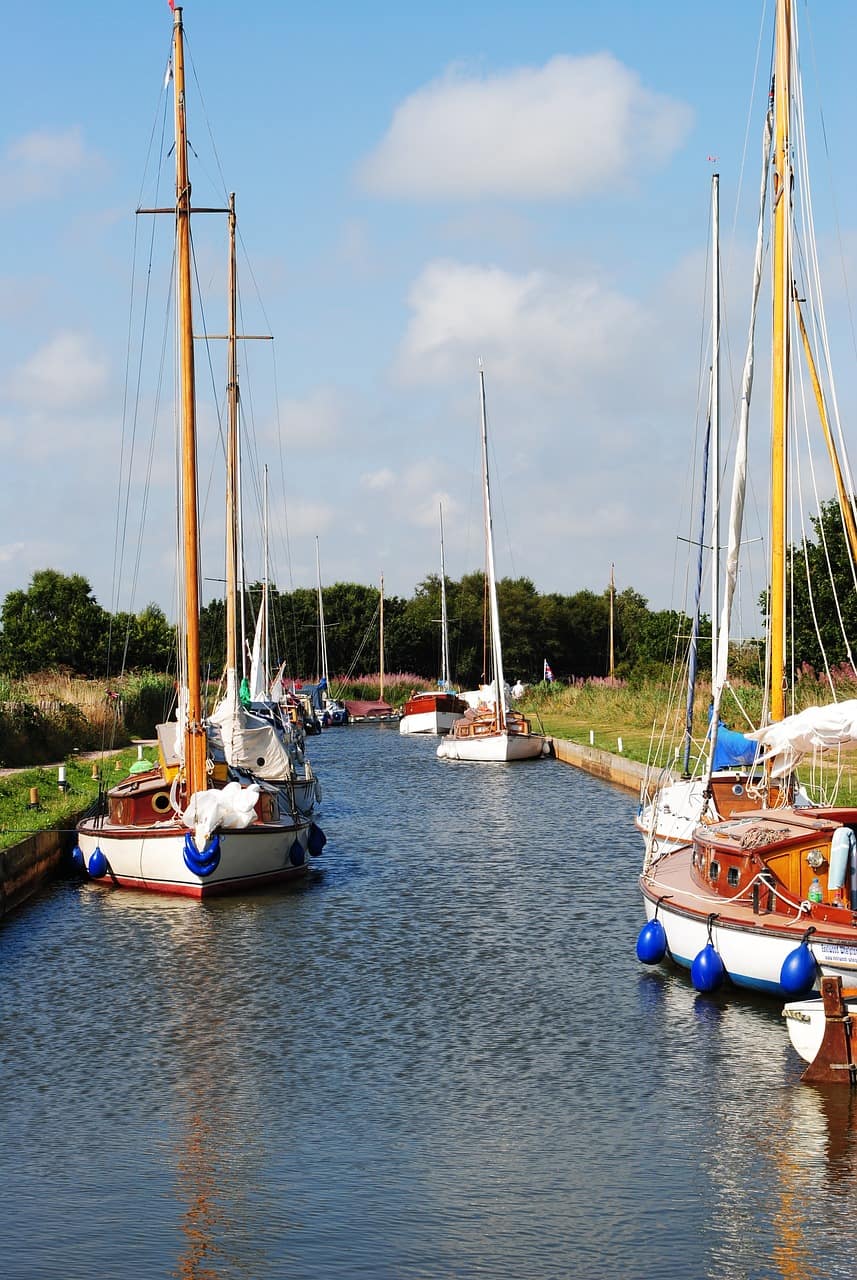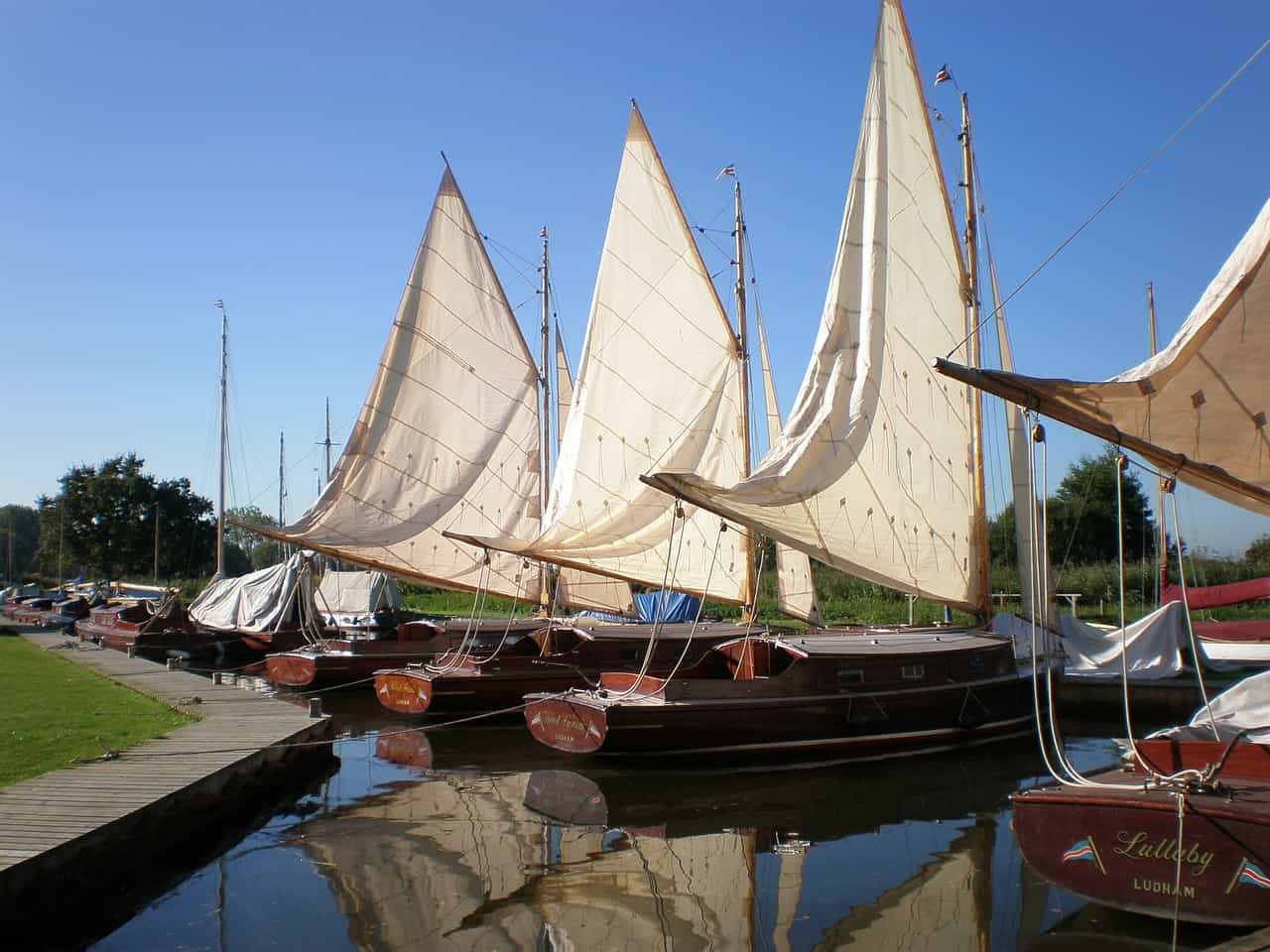The Norfolk Broads, with its picturesque waterways and rich wildlife, is a boater’s paradise. If you’re planning to visit this stunning region and embark on a boating adventure, it’s essential to understand the various types of boats available on the Norfolk Broads. In this blog post, we will explore the different types of boats you can find and the unique experiences they offer.
Boats on the Broads for sale
Blog Post Content
Certainly! The Norfolk Broads, often referred to as “The Broads,” is a network of rivers and lakes located in Norfolk and Suffolk, England. If you’re interested in purchasing a boat on the Broads, there are several options available. Here are a few ways you can find boats for sale:
- Brokers and Dealers: Contacting boat brokers and dealers specializing in the Norfolk Broads region is a good starting point. They often have a wide range of boats available for sale, including both new and used options. They can assist you in finding a boat that suits your requirements and budget.
- Online Listings: Visit websites and online marketplaces that list boats for sale. Some popular platforms include Boat Trader, Boats and Outboards, Apollo Duck, and YachtWorld. These websites provide comprehensive listings with details, photos, and contact information for boat sellers.
- Local Marinas and Yacht Clubs: Marinas and yacht clubs in the Norfolk Broads area may have notice boards or online platforms where boat owners advertise their boats for sale. Visiting or contacting these establishments directly can provide you with access to sellers who are more locally based.
- Boating Publications: Look for boating magazines or publications that feature classified ads for boats. These publications often have a dedicated section for boats for sale, including those on the Norfolk Broads.
- Online Forums and Groups: Joining online boating forums and social media groups that focus on the Norfolk Broads can connect you with boat owners and enthusiasts who may be looking to sell their vessels. These platforms can provide valuable insights and connections within the local boating community.
Remember to thoroughly research any boat you’re interested in, inspect it in person if possible, and consider getting a professional marine survey before finalizing the purchase. Additionally, make sure to familiarize yourself with the rules and regulations governing boating on the Norfolk Broads, including any licensing requirements or restrictions.
Boats on the broads for hire
The Norfolk Broads, with its network of stunning rivers and lakes, offers a fantastic opportunity to experience the beauty of the British countryside. One of the best ways to explore this unique landscape is by hiring a boat. In this blog post, we will guide you through the process of hiring a boat on the Norfolk Broads, highlighting the different types of boats available and the benefits of this leisurely and immersive experience.

The broads for day boat hire
Certainly! Here are a few more details to consider when searching for boats on the Norfolk Broads for hire:
- Types of Boats: The Norfolk Broads offer a variety of boat types suitable for different purposes and preferences. Some common types include motor cruisers, sailing yachts, narrow boats, day boats, and canoes/kayaks. Determine the type of boat that best suits your needs and desired boating experience.
- Budget: Establishing a budget is essential before embarking on your boat search. Consider not only the purchase price but also ongoing costs such as maintenance, mooring fees, insurance, and fuel. It’s important to find a boat that fits your budget and doesn’t exceed your financial capabilities.
- New vs. Used Boats: Decide whether you prefer to buy a new boat or a used one. New boats offer the advantage of being in pristine condition with warranties, while used boats can often be more affordable. Assess the pros and cons of each option based on your requirements and budget.
- Boat Size and Features: Determine the size and features you desire in a boat. Consider factors such as the number of berths (beds), amenities (kitchen, bathroom, heating), cruising capabilities, and storage space. Think about how you plan to use the boat and choose the size and features accordingly.
- Test Drives and Inspections: Whenever possible, arrange for a test drive or sea trial to assess the boat’s performance and handling. It’s also advisable to get a professional marine survey to evaluate the boat’s condition and identify any potential issues or necessary repairs.
- Mooring Facilities: If you plan to keep your boat on the Norfolk Broads, explore available mooring facilities in the area. Some boatyards offer moorings for sale or rent, while others have waiting lists. Consider the location, facilities, and costs associated with mooring to ensure it aligns with your boating plans.
- Licensing and Training: Familiarize yourself with the licensing requirements for boating on the Norfolk Broads. Depending on the type and size of the boat, you may need to obtain a Broads Authority boat license. Additionally, if you’re new to boating, consider investing in training or certification courses to ensure safe and confident navigation.
Remember to take your time, conduct thorough research, and consult with experts or experienced boaters if needed. Buying a boat is a significant investment, and it’s essential to find the right vessel that suits your preferences, budget, and boating aspirations.
What are the boats called on the Norfolk Broads?
The boats commonly seen on the Norfolk Broads are often referred to as “Broads boats” or “Norfolk Broads boats.” These boats are specifically designed for navigating the shallow and reed-lined waterways of the Norfolk Broads. There are several types of boats that you will find on the Broads:
- Motor Cruisers: Motor cruisers are the most common type of boat on the Norfolk Broads. They are powered by an engine and typically offer comfortable accommodations with sleeping cabins, a kitchenette, a bathroom, and sometimes a small deck or seating area.
- Sailing Yachts: Sailing yachts are also popular on the Norfolk Broads. These boats rely on wind power and are suitable for those who enjoy the sailing experience. Sailing yachts on the Broads are often designed with a shallow draft to navigate the shallower waters.
- Narrowboats: Narrowboats, also known as canal boats, are long and narrow vessels commonly associated with the canals of England. However, you can also find narrowboats on the Norfolk Broads. These boats are ideal for those who prefer a slower pace and a more traditional boating experience.
- Day Boats: Day boats are smaller vessels designed for day trips and shorter excursions on the Broads. They are often powered by an outboard engine and provide basic amenities for a comfortable outing.
- Canoes and Kayaks: Canoes and kayaks are popular choices for those who prefer human-powered watercraft. They allow you to explore the tranquil waterways and navigate through the reed beds and wildlife-rich areas of the Broads.
It’s important to note that the term “Broads boat” is often used as a general description for any boat used on the Norfolk Broads. The specific type of boat you choose will depend on your preferences, budget, and intended use on the waterways.
How deep are the Norfolk Broads?
The depth of the water in the Norfolk Broads can vary depending on various factors, including location, tides, and dredging efforts. On average, the water depth in the main channels of the Norfolk Broads is typically between 1.5 to 2.5 meters (5 to 8 feet). However, it’s important to note that there are areas with shallower depths, particularly in the more narrow and winding sections of the waterways.
Some parts of the Norfolk Broads have been dredged and maintained to ensure navigability for boats, while other areas, especially those closer to the edges or surrounded by reed beds, can be shallower. It’s essential to pay attention to the marked channels and follow navigation guidelines to avoid running aground in shallow areas.
Additionally, the water depth can be influenced by factors such as tidal variations and weather conditions. During periods of low tide, the water levels can drop, potentially reducing the available depth in certain areas.
If you plan to navigate the Norfolk Broads, it’s recommended to consult navigational charts, follow the designated channels, and adhere to any local guidance or restrictions to ensure a safe and enjoyable boating experience.
